Sony’s newly announced Alpha 1 II arrives with an unmistakable air of stagnation for the filmmaking community. Touted as a groundbreaking flagship, the a1 II appears to be a mirror-polished rehash of its predecessor, offering negligible advancements for filmmakers and videographers. For all the hype, the so-called “innovative” features aimed at video production feel more like recycled gimmicks—features that already exist on mid-tier models within the Alpha lineup.
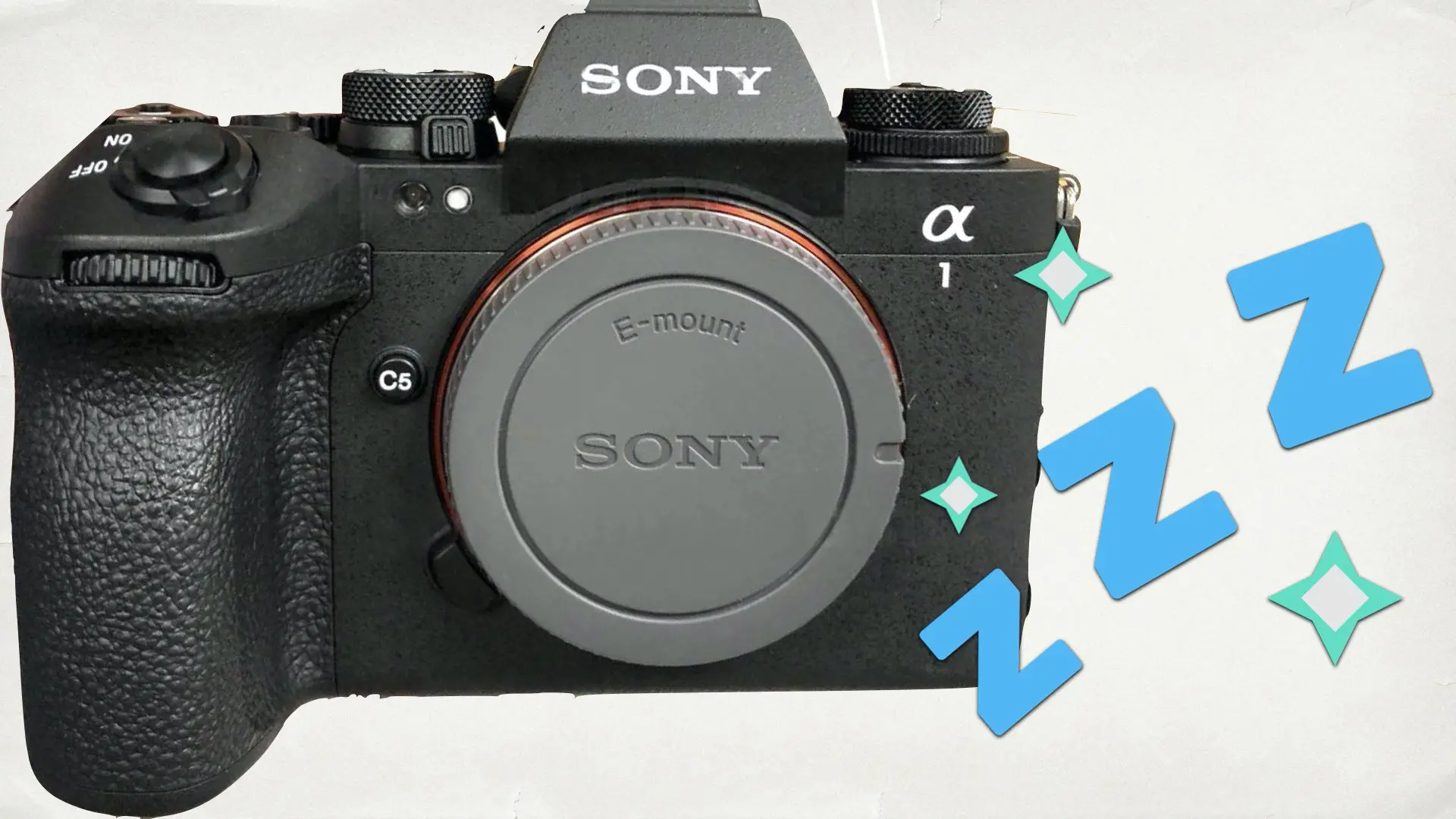
Dynamic Active Mode: A Lackluster Innovation
One of the headline features Sony flaunts in the a1 II regarding its filmmaking performances, is its Dynamic Active Mode. According to Sony, this stabilization technology promises enhanced footage stability, even during high-motion activities like jogging. On paper, it combines the already-established Active Mode (gyroscope and in-body stabilization) with electronic stabilization to deliver an additional 30% improvement. However, here’s the reality check: Dynamic Active Mode has already been implemented in cheaper Alpha models. Worse still, the mode comes with limitations that completely diminish its value for serious filmmakers. Dynamic Active Mode is unavailable when shooting in 8K resolution or at 120 fps—two of the most crucial settings for modern cinematic storytelling. The “innovation” boils down to a feature videographers have seen before, now dressed up for flagship marketing but crippled for high-end workflows.
Auto Framing and Framing Stabilizer: Consumer-Level Tricks
The Sony a1 II introduces Auto Framing and Framing Stabilizer, features that rely on AI to track and crop subjects or maintain frame stability. While these tools may appeal to casual shooters or solo content creators, they’re unlikely to make waves in professional video production. Cropping for stabilization inherently sacrifices resolution—hardly an enticing proposition for filmmakers who prioritize cinematic image quality. These are not groundbreaking tools for high-end filmmakers; they feel more at home on entry-level hybrid cameras, catering to vloggers and YouTubers rather than cinema professionals.
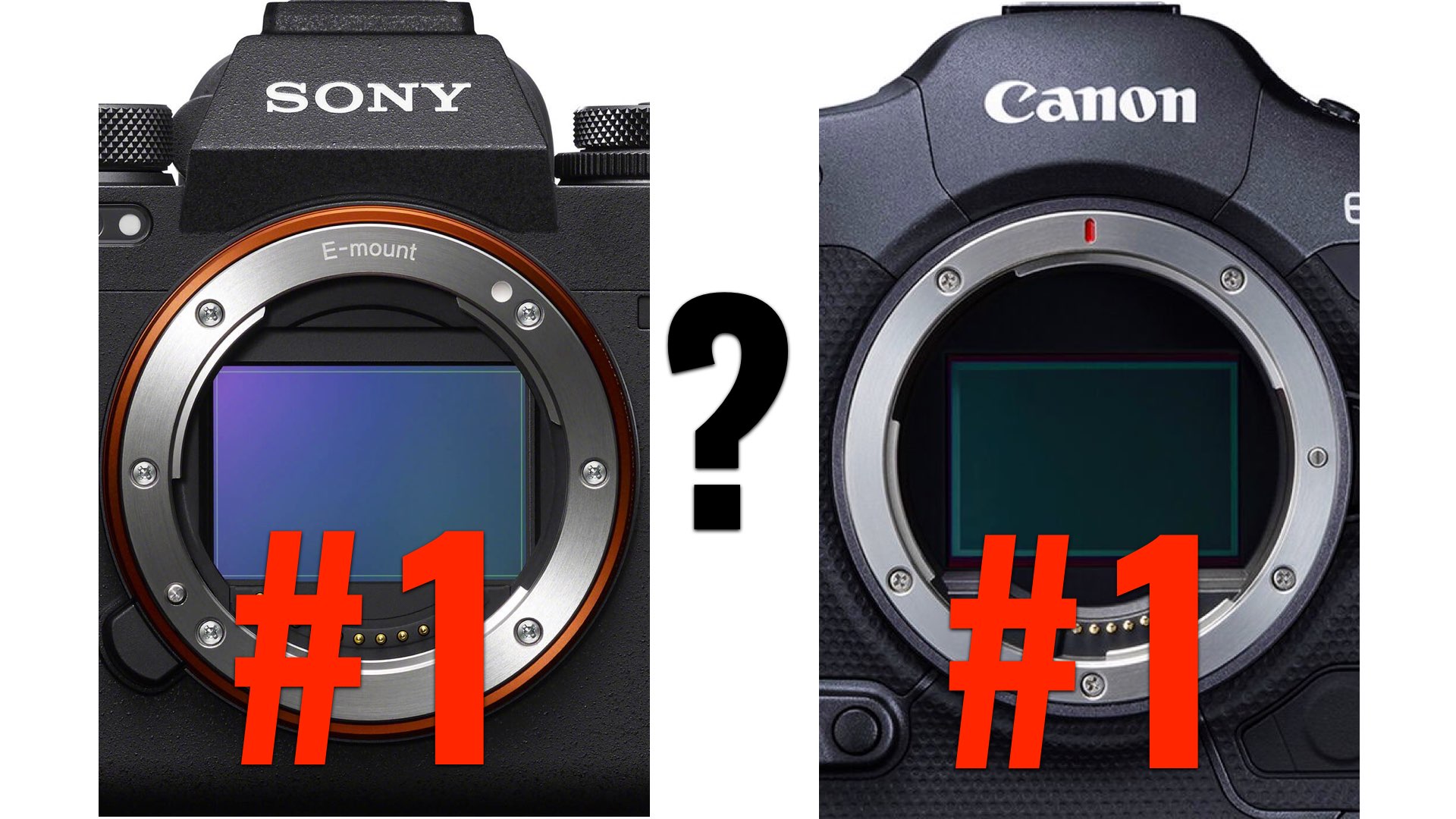
8.5-Stop IBIS: A Still Photography Flex
Another overhyped feature in the a1 II is its 8.5-stop in-body stabilization (IBIS), a marked improvement over its predecessor’s performance. But the catch? These additional stops are largely relevant only for still photography (as stated by Sony in the press release). For video shooters, IBIS improvements plateau quickly when compared to the real-world demands of handheld filmmaking.
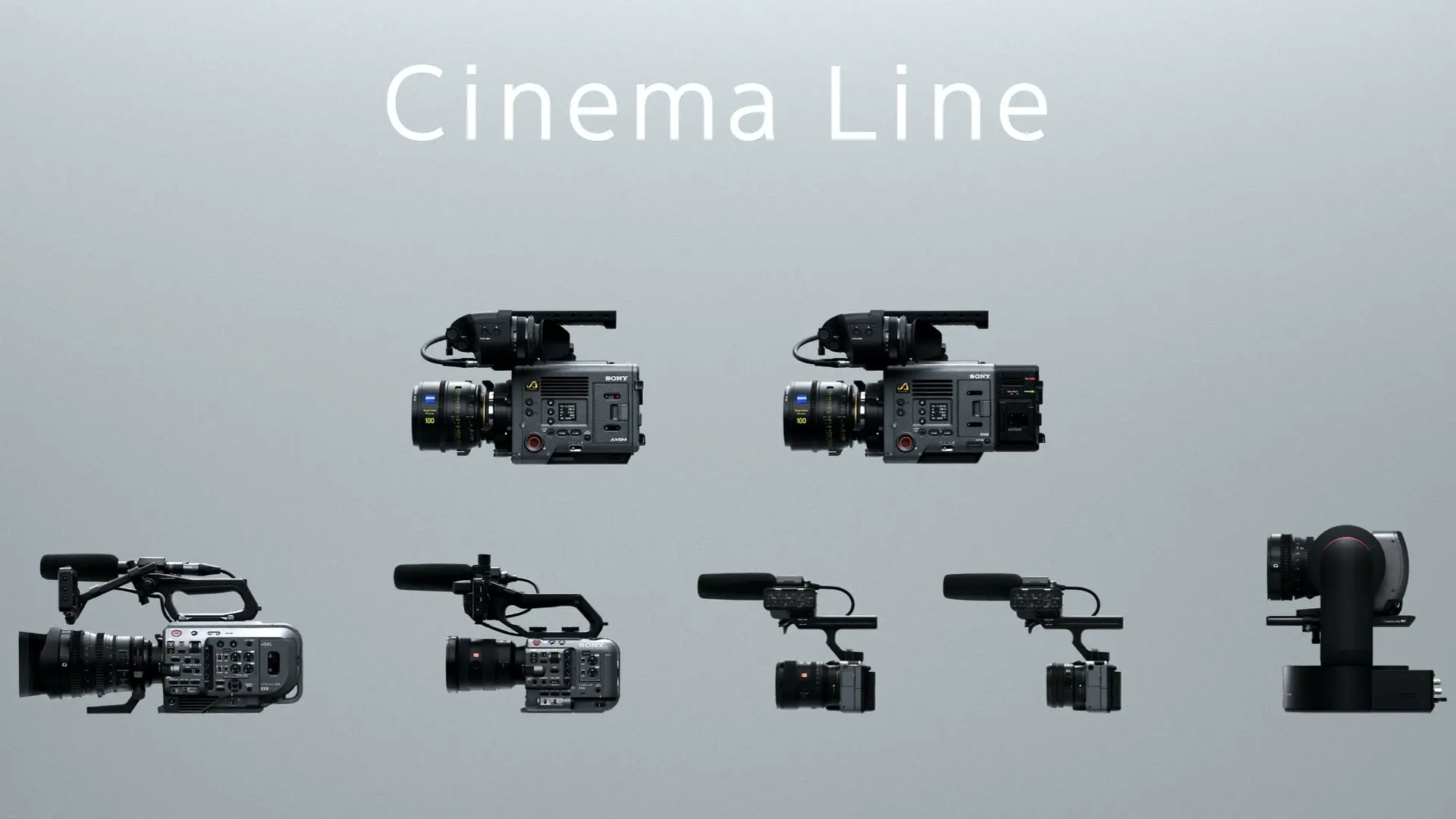
The Definition of a Flagship
Sony’s failure to innovate meaningfully for filmmakers with the Alpha 1 II raises a fundamental question: Do camera manufacturers even understand what a flagship should represent? As argued in our recent article, “Did Camera Manufacturers Forget the Definition of Flagship?,” a flagship camera should not only push the envelope technologically but also deliver clear and substantial improvements across all use cases—photography and videography alike. Instead, Sony has recycled features, offered slight tweaks, and wrapped it all in a hefty price tag—an issue we highlighted in “Sony a1 II: Yet Another Boring Flagship.”
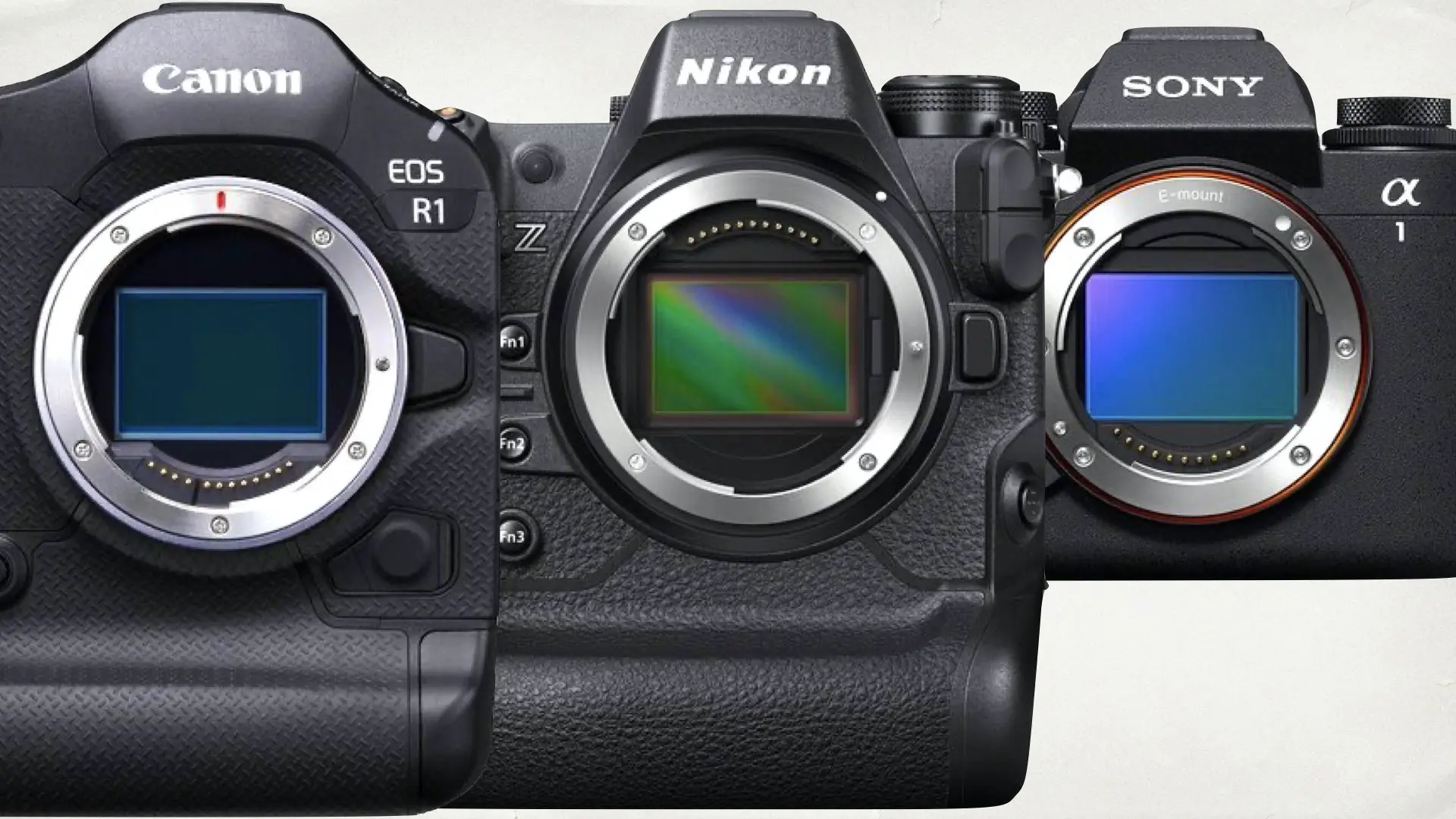
The Problem of Cannibalization
Sony’s Cinema Line, including powerhouses like the FX6 and FX9, remains excellent, as explored in “The Philosophy Behind Sony Cinema Line.” However, the existence of the Cinema Line seems to restrict Sony’s willingness to bring true video-centric innovation to its Alpha lineup. This strategy might safeguard the Cinema Line from cannibalization, but it leaves hybrid shooters and indie filmmakers yearning for a flagship that actually caters to their needs.
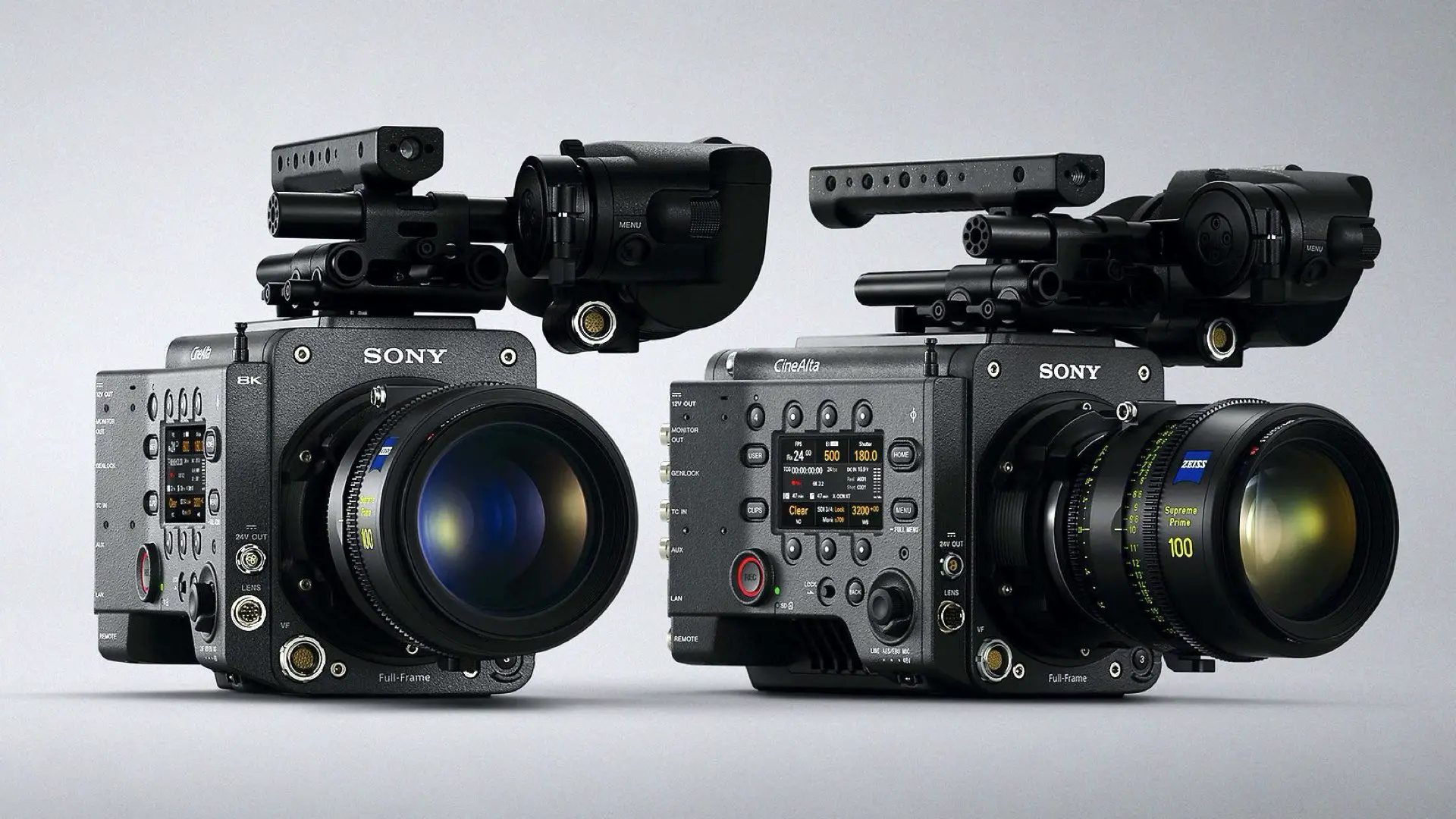
A Call to Sony
Sony has proven itself capable of incredible innovation, with breakthroughs like the high-speed global shutter sensor recently announced (read about it here). What filmmakers truly need is a dedicated video-focused powerhouse within the Alpha lineup—a mirrorless camera that stands tall alongside the Cinema Line without feeling like an afterthought. In the meantime, Sony might consider taking notes from the past. As we noted in “Sony Alpha 1 Gets a $1,000 Price Slash,” a price drop doesn’t compensate for stagnation, but gives a solid excuse to buy the predecessor. Sony needs a flagship that redefines its category, not one that merely recycles existing tech with a shiny new label.
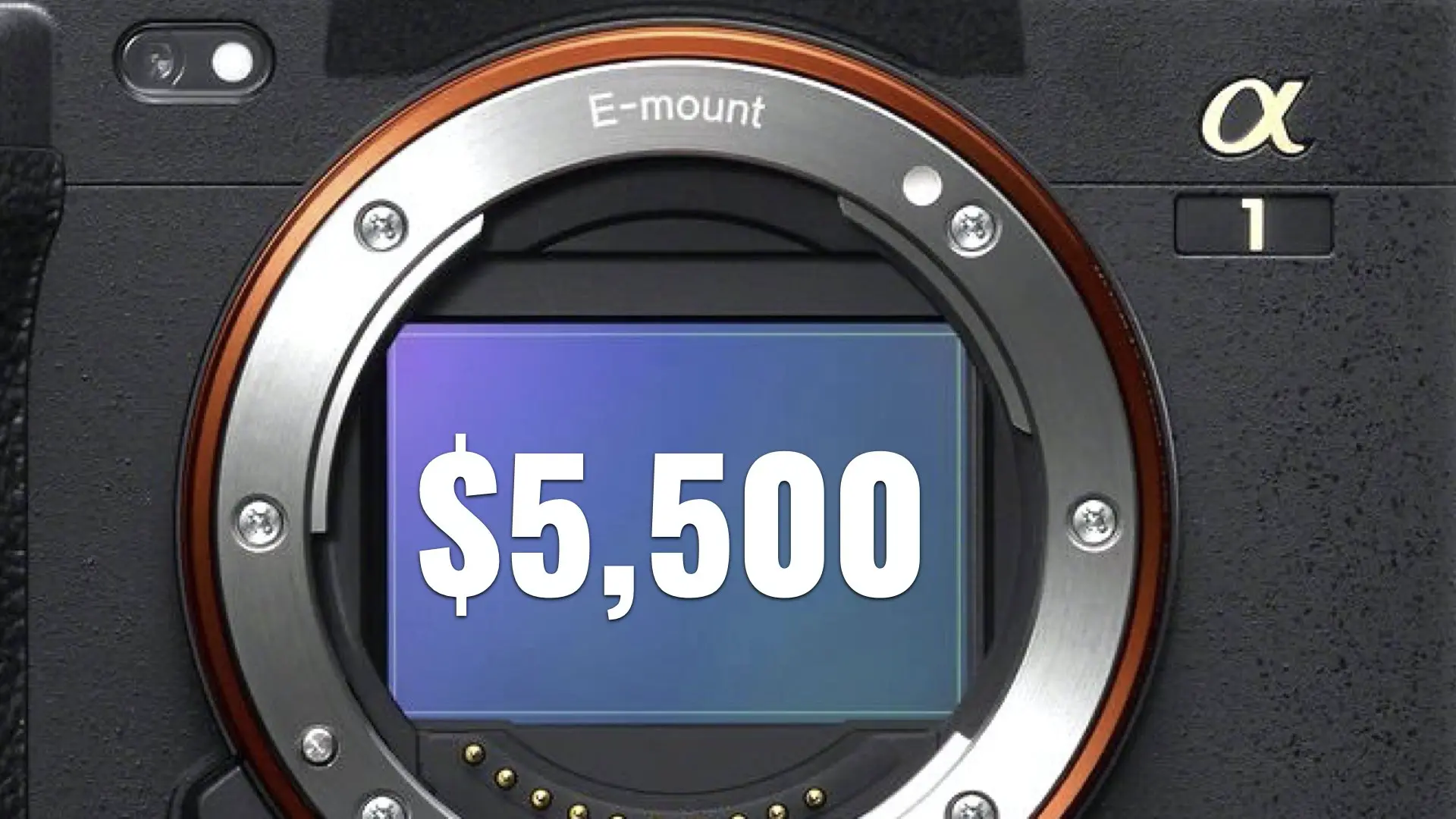
The Verdict
The Sony a1 II represents a missed opportunity for filmmakers. With no real improvements for video production, it feels more like a placeholder than a flagship. Sony, it’s time to deliver a true hybrid mirrorless powerhouse—one that filmmakers can rally behind. Until then, we’re left with little more than disappointment, wrapped in marketing fluff.

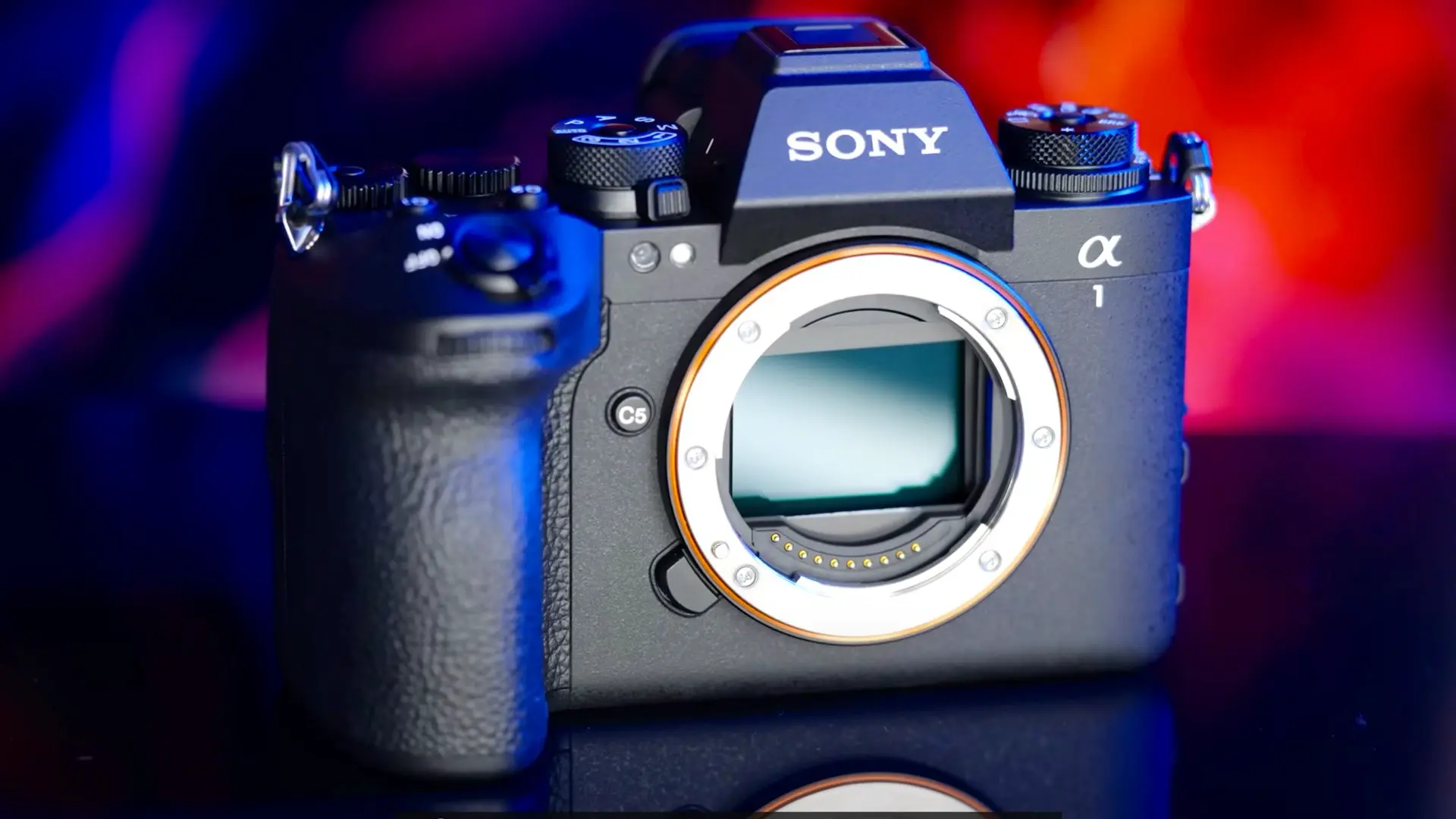




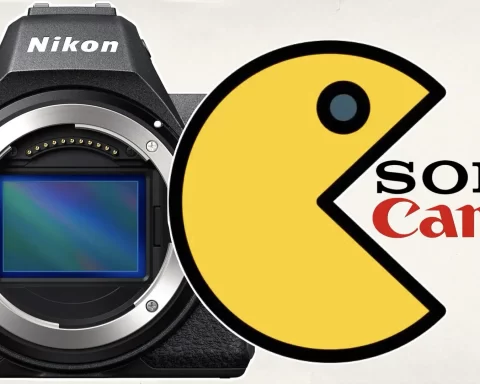
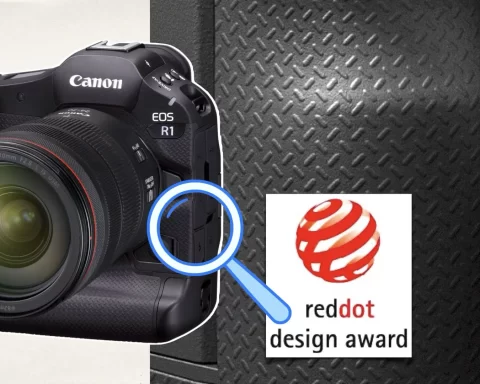

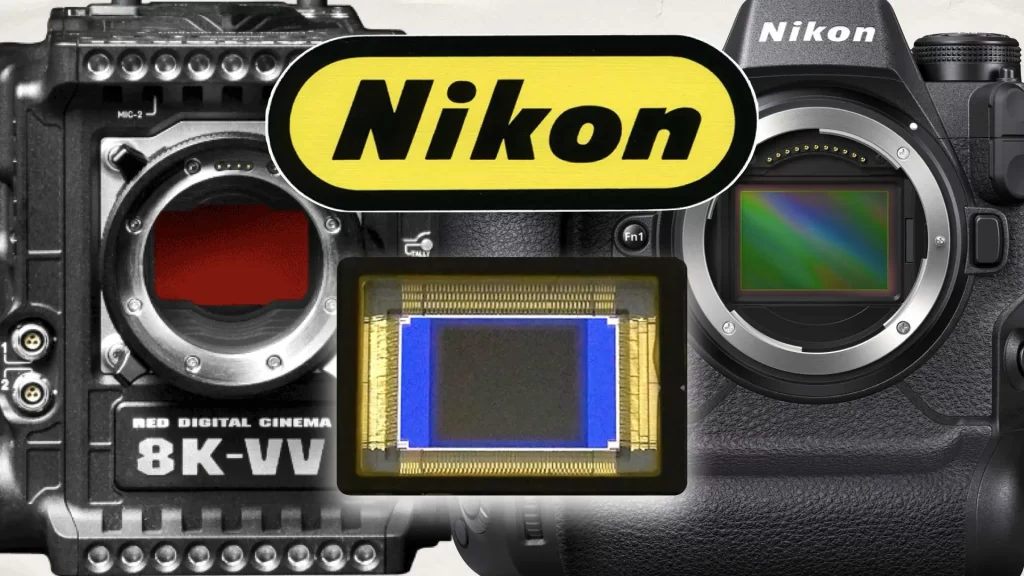
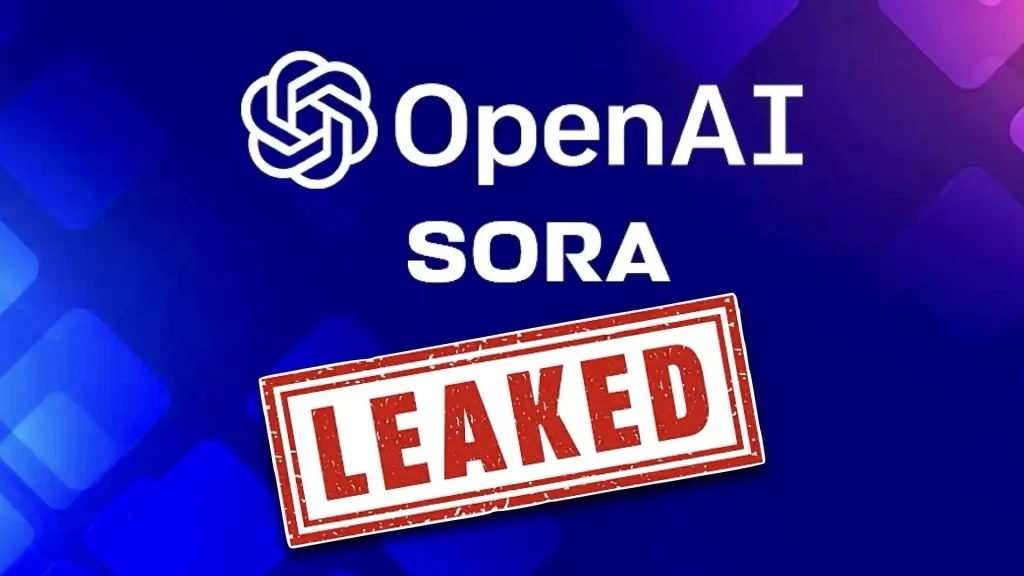



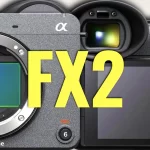

I don’t think it’s unfair to look at the Alpha line as being for stills photographers first and foremost. In that sense, I think the Sony A1 II delivers on the “flagship” promise for the most demanding stills photographers. The fact that it’s an excellent video camera is just icing on the cake.
When it comes to the Sony’s cinema lineup, then their “flagship” is obviously the VENICE 2. I also think that fulfills the promise of “flagship” for their most demanding cinematographers.
Of course I would love it if the power of the VENICE 2 was in the body of the A1 II and at the cost of an A7 IV, I think we have to be realistic about the tradeoffs that a manufacturer such as Sony has to make when thinking about how to build a camera.